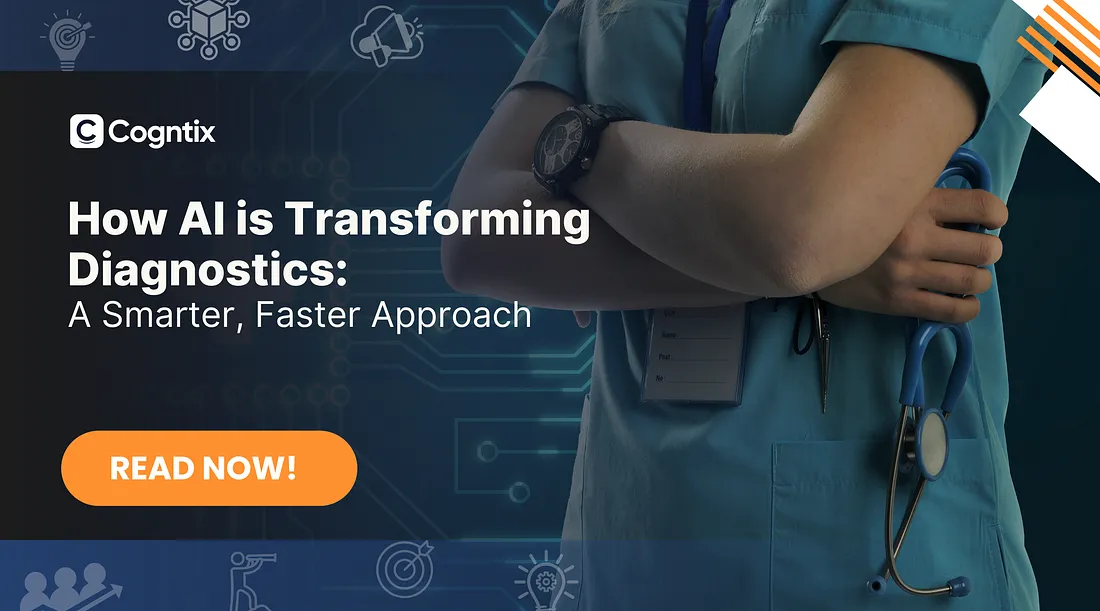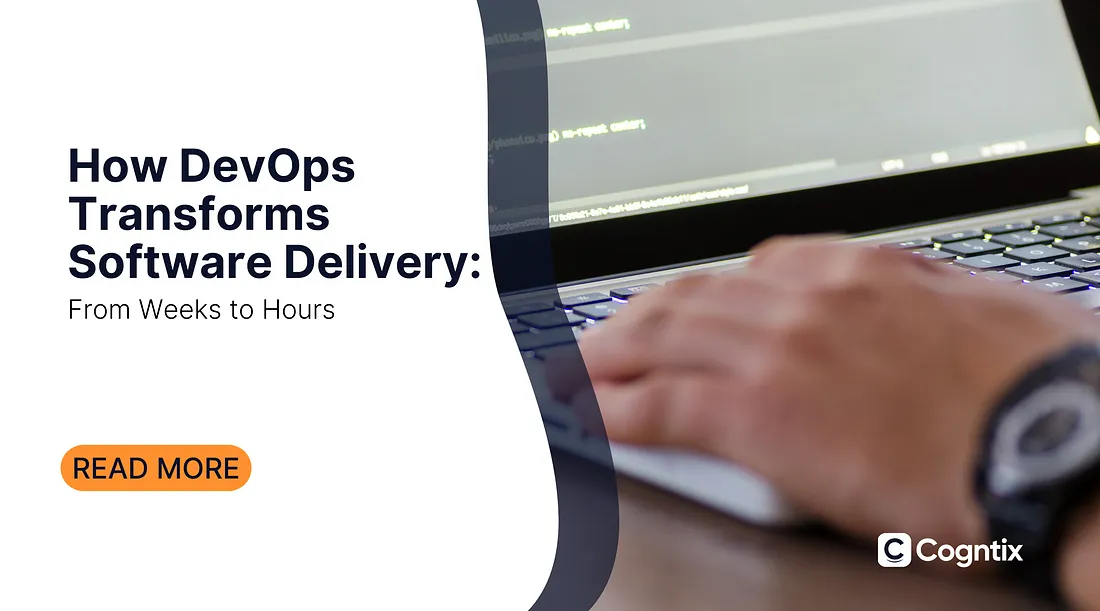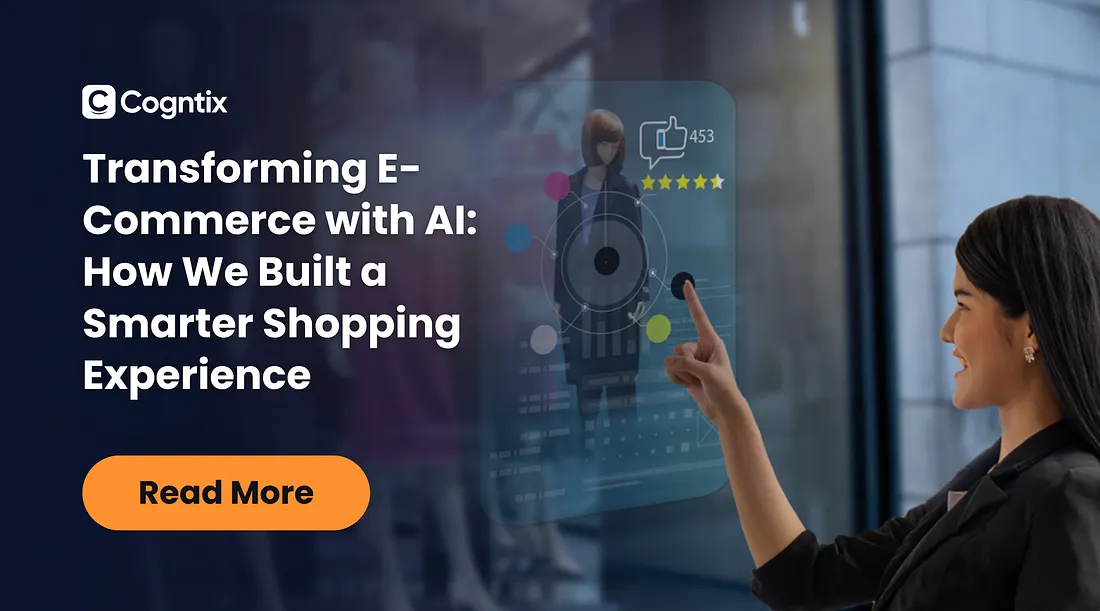Hospitals don’t have time to wait. Doctors make life-saving decisions every day, but outdated diagnostic processes slow them down. Manual analysis, delayed results, and human error can lead to misdiagnoses, longer hospital stays, and higher operational costs.
A study published in The BMJ found that diagnostic errors affect 12 million adults in the U.S. each year, with delays contributing to nearly 40,000 deaths annually. The longer it takes to diagnose a condition, the worse the outcomes.
When a leading healthcare provider approached us to help them speed up and improve diagnostics, we knew AI could bridge the gap.
At Cogntix, we don’t just implement AI, we build intelligent systems that integrate effortlessly into clinical workflows, enhancing efficiency without disrupting patient care.
Slow, Costly, and Inconsistent Diagnostics
Our client, a multi-specialty hospital, relied on manual diagnostic reviews, a process that was time-consuming, prone to human error, and unable to scale.
Doctors waited hours (or even days) for lab and imaging reports.
Variability in human interpretation led to inconsistent accuracy.
Radiologists and lab technicians struggled with high workloads.
More staff, longer patient stays, and inefficient workflows drove costs up.
With rising patient numbers, traditional diagnostics weren’t keeping up. They needed a solution that was fast, scalable, and accurate, without disrupting existing hospital workflows.
How We Built an AI-Powered Diagnostic System?
Instead of simply automating existing processes, we built a smart, AI-driven diagnostic system that enhances clinical decision making.
1. AI-Driven Imaging Analysis
A missed tumor, hairline fracture, or early-stage infection could mean the difference between timely treatment and life-threatening complications. Traditional imaging analysis depends entirely on human interpretation, leading to inconsistencies and delays.
Our AI models analyzed X-rays, MRIs, and CT scans in seconds, flagging anomalies for doctors to review.
Trained on thousands of cases, AI detected early signs of tumors, fractures, and infections that could be missed by the human eye.
AI provided risk scores to help doctors prioritize urgent cases.
In a 2023 clinical trial, AI-assisted imaging at Massachusetts General Hospital improved tumor detection rates by 25%, catching cancers earlier than traditional methods.
Reduced diagnostic review time using TensorFlow, OpenCV, and DICOM Image Processing, helping doctors focus on critical cases first.
2. Smart Data Integration with EHR Systems
A standalone AI system wouldn’t work. It had to seamlessly integrate into the hospital’s Electronic Health Record (EHR) system.
AI pulled patient history, lab reports, and imaging scans from the EHR in real-time.
AI-assisted reports were embedded directly into existing doctor workflows, eliminating extra steps.
Patient data encryption ensured HIPAA and GDPR compliance.
At Mayo Clinic, AI-powered EHR integration cut diagnostic documentation time by 40%, allowing doctors to spend more time with patients instead of paperwork.
Doctors accessed instant AI-backed insights without switching between platforms, reducing cognitive load and improving efficiency using Fast Healthcare Interoperability Resources (FHIR), AWS HealthLake, and PostgreSQL.
3. Predictive Diagnostics & Risk Assessment
Many life-threatening conditions don’t show clear symptoms until it’s too late. Hospitals needed early warning systems for stroke, sepsis, and heart disease.
AI analyzed lab results, vitals, and medical history to predict risks early.
If a patient’s data showed early signs of deterioration, the system triggered real-time alerts.
AI suggested possible treatment options based on previous successful cases.
A Johns Hopkins study found that AI-driven sepsis detection reduced ICU admissions by 20%, improving survival rates.
Achieved a reduction in critical health events by catching high-risk cases before they worsened using PyTorch, Scikit-Learn, and Google AutoML.
4. AI-Assisted Lab Reports for Faster Decision-Making
Doctors spend hours reviewing lab results manually, a slow and tedious process that increases the risk of oversight.
AI scanned lab test results and flagged abnormal readings for further review.
Doctors received quick, AI-generated summaries, highlighting only clinically relevant data.
Reports were automatically translated for diverse patient populations.
AI-driven lab processing at Cleveland Clinic sped up critical test reviews by 50%, reducing ER wait times.
Doctors processed reports faster, leading to quicker treatment decisions using NLP, Azure Cognitive Services, and Google Translate API.
Expanding AI in Healthcare
AI isn’t replacing doctors, it’s giving them superpowers.
With real-world clinical feedback, we continue training AI models to improve accuracy. The next step? Expanding AI into telemedicine and real-time patient monitoring.
At Cogntix, we don’t just develop AI systems — we build solutions that improve healthcare outcomes and help providers deliver better patient care.
Want to integrate AI into your healthcare platform? Let’s build something that truly makes a difference. Contact us today.
Written by: Gayathri Priya Krishnaram (Digital Content Writer at Cogntix)




